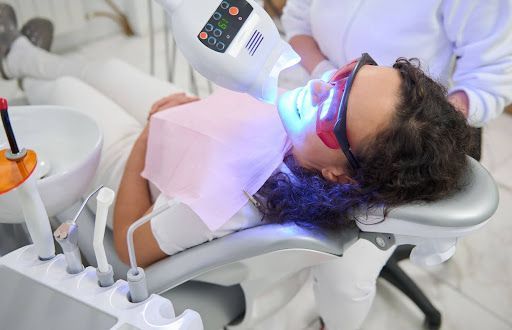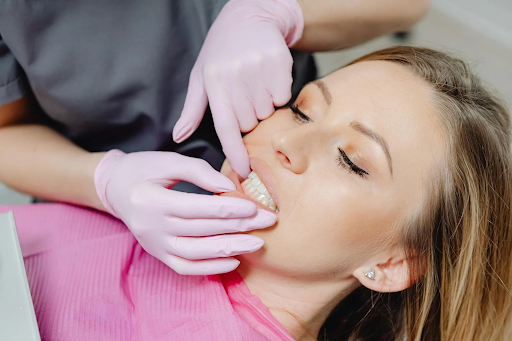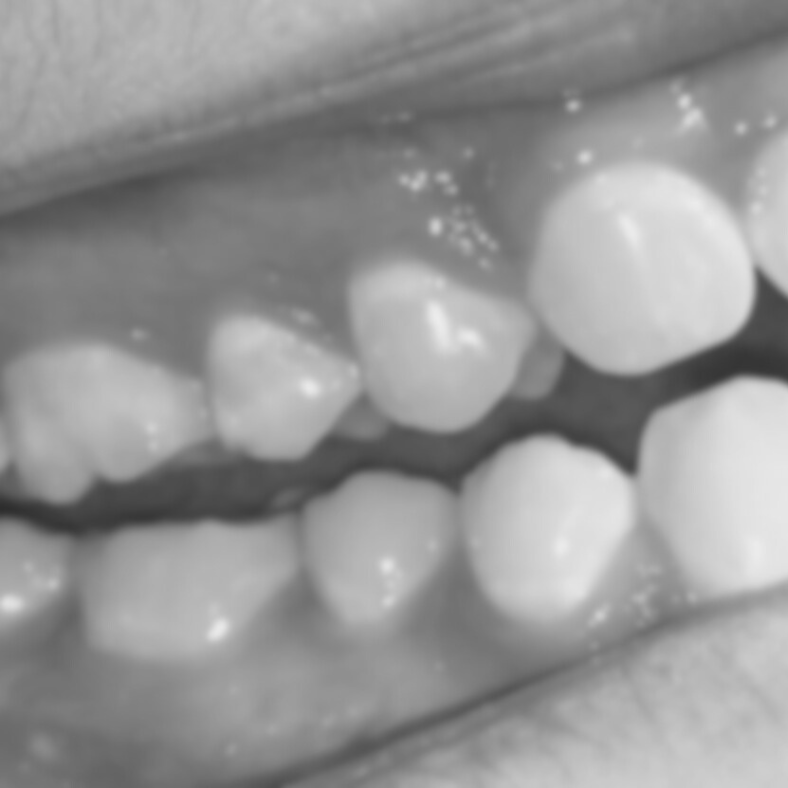Uneven Pressure: Tooth Damage in Ankylosed Teeth
Ankylosed teeth are a dental condition where the tooth’s cementum fuses with the alveolar bone, essentially locking the tooth in place. While this may seem like a minor issue, it can lead to a range of problems, including open bites, supraerupted teeth, and uneven biting pressure distribution during chewing and biting. The effects are often gradual but can result in significant tooth wear and damage over time.
What is Ankylosis?
Ankylosis can occur due to trauma, inflammation, or even genetic predisposition. The condition primarily affects primary (baby) teeth but can also be present in permanent teeth. Once a tooth becomes ankylosed, it fails to erupt further or move, making it unresponsive to orthodontic forces. This can throw off the balance of the entire dental arch, affecting how pressure is distributed when the jaws come together.
Effects on Pressure Distribution
In a healthy mouth, pressure during biting and chewing is distributed evenly among all teeth. However, ankylosed teeth disrupt this balance. Because they’re anchored firmly to the jaw bone, ankylosed teeth bear less of the load, shifting more pressure onto adjacent teeth. Over time, this uneven distribution of force can cause accelerated wear, cracks, and other types of damage to neighboring teeth.
Tooth Wear and Other Damage
The additional pressure placed on adjacent teeth can result in noticeable wear over time. This wear often manifests as flattened or chipped edges and can make teeth more susceptible to decay. Furthermore, the uneven force may exacerbate issues like temperature sensitivity and can increase the risk of fractures. In extreme cases, the compromised teeth may even require extraction.
Diagnostic and Treatment Options
Diagnosis of ankylosis often involves both physical examination and imaging studies, such as X-rays or 3D scans. Once identified, treatment options are varied, depending on the severity and the affected tooth’s position. In some cases, surgical extraction of the ankylosed tooth is the most effective solution, followed by implant placement or orthodontic treatment to correct the alignment of remaining teeth. Other treatment modalities may include selective grinding or reshaping of the teeth to rebalance the bite forces.
Importance of Early Intervention
Early identification and treatment of ankylosis are crucial for minimizing its impact. Left unaddressed, the condition can lead to more severe dental problems, including significant wear or even loss of adjacent teeth. Therefore, regular dental check-ups are essential, especially for individuals who have experienced dental trauma or have a family history of ankylosis.
Ankylosed teeth may seem like a small dental issue, but their effect on pressure distribution can result in substantial tooth wear and damage over time. Recognizing the signs early and seeking prompt treatment are vital steps in mitigating these long-term effects. Whether you’re dealing with ankylosis yourself or are concerned about potential risk factors, understanding the implications for tooth wear and pressure distribution can guide you in taking proactive steps to safeguard your oral health.
If you suspect you’re dealing with ankylosed teeth or are experiencing uneven tooth wear, don’t wait to seek professional guidance. Contact us today to schedule a consultation, and let our dental experts develop a personalized treatment plan to address your specific needs.












